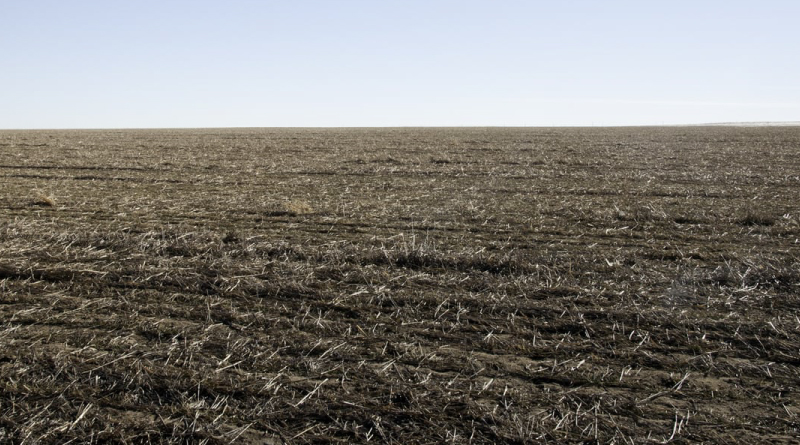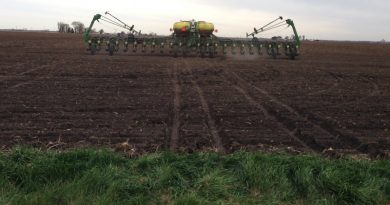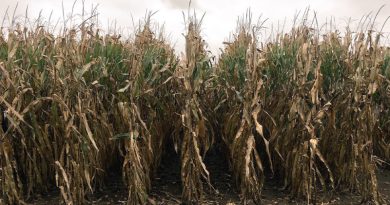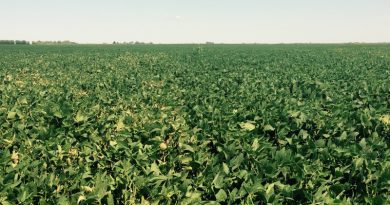Fallow field syndrome
Dana Harder, Field Agronomist
Many low-lying areas in 2019 were victims of unrelenting rains and subsequent levee breaks. The result was many fields remaining unplanted and inundated with water and many inland fields never got dry enough to plant either. As we start to think about the 2020 season, it is important to consider what to expect from those affected fields. Fallow field syndrome might be a cause for concern when planning for next spring.
The last time fallow field syndrome was widespread was in 2016. There were several fields the previous year in which growers could not get soybeans planted. Purple corn was prevalent in many of these fields the following spring. The underlying question is, “What is physiologically going on to cause these symptoms?” The primary reason is artificially induced phosphorus deficiency and zinc early in the growing season (Figure 1).
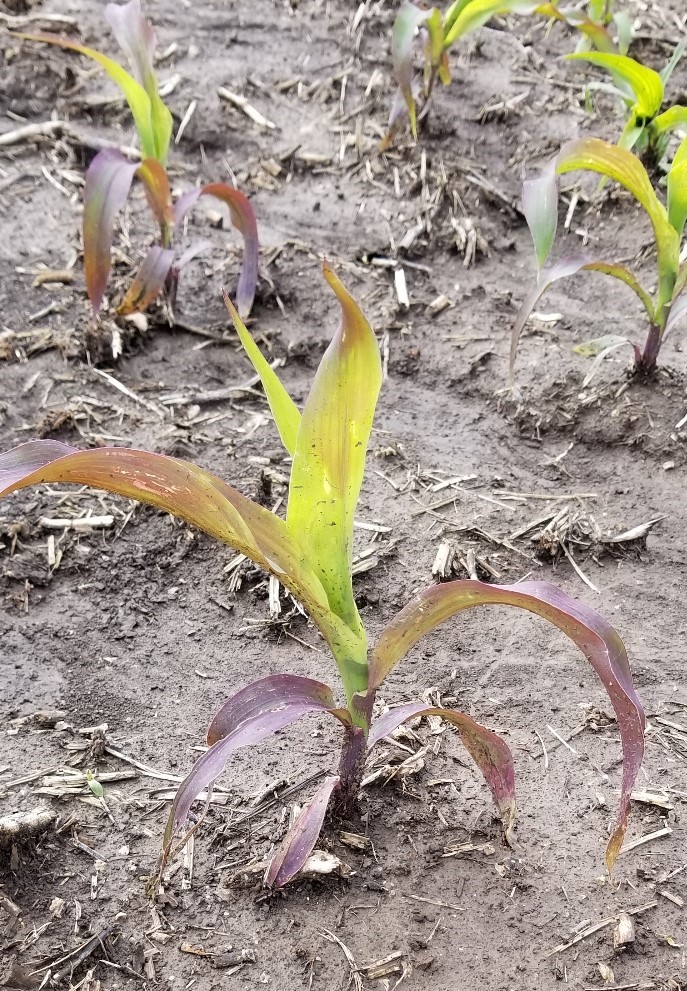
The reason plants exhibit these symptoms is reduced populations of vesicular arbuscular mycorrhizae (VAM) in the soil. These fungi have a symbiotic relationship with corn and other small grains. Phosphorus is immobile in the soil profile meaning plant roots need to intercept it through direct contact. VAM works with plant roots to help intercept phosphorus. The hyphae of VAM can be up to 100 times longer than the plant’s root system. Together, they help extend the plant’s nutrient absorption zone. It is important to get the corn plant up and going with a healthy start as ear girth is determined early in the lifecycle (V5).
What can be done to reduce the effect of fallow field syndrome on next year’s crop? It is worthwhile to consider planting a cover crop that is host to VAM. Most grass species are host to VAM but brassica species are not (turnips and radishes). Crops including cereal rye, oats and wheat provide the benefit of early season cover over the winter months and into early spring. This helps suppress winter annual weeds, reduce soil erosion, improve water infiltration and help build VAM populations. If brassica species are desired as a cover crop, it is best to blend them with a grass species. Another option is to plant a crop less sensitive to reduced VAM populations, which would include soybeans and sorghum. It is easier to manage cover crops preceding soybeans as it can fix its own nitrogen and does not have to wait for organic nitrogen in cover crop residue to breakdown and become plant available.
If corn will be the following crop, it is important to have sufficient phosphorous and zinc fertility in place. It has been observed that a starter fertilizer can help overcome the effects of fallow field syndrome. An exact rate hasn’t been recommended, but it is thought 5 gal of 10-34-0 in furrow might be enough to overcome this syndrome. Should you decide to apply much more than this, it should be done in a 2 by 2 fashion to avoid injury to the germinating seed. Banding of phosphorous fertilizer is recommended over broadcast to put it in closer proximity to plant roots. Reduced VAM populations will not allow for efficient uptake of phosphorus and zinc between the rows resulting in underutilized fertilizer.
Hopefully next spring will be friendlier to us than 2019. One thing is for sure, growing something is better for soil health and VAM populations compared to land idling and growing nothing. Weed management needs to be practiced on these fallow acres to prevent them from going to seed and becoming difficult to control the following season. Weeds can host VAM but the species composition will not be consistent resulting in uneven ground cover. Additionally, the duration of ground cover will be short-lived due to implemented weed control or naturally by frost. Fallow field syndrome can be managed by being proactive regarding next year’s fertility program and crop selection.

